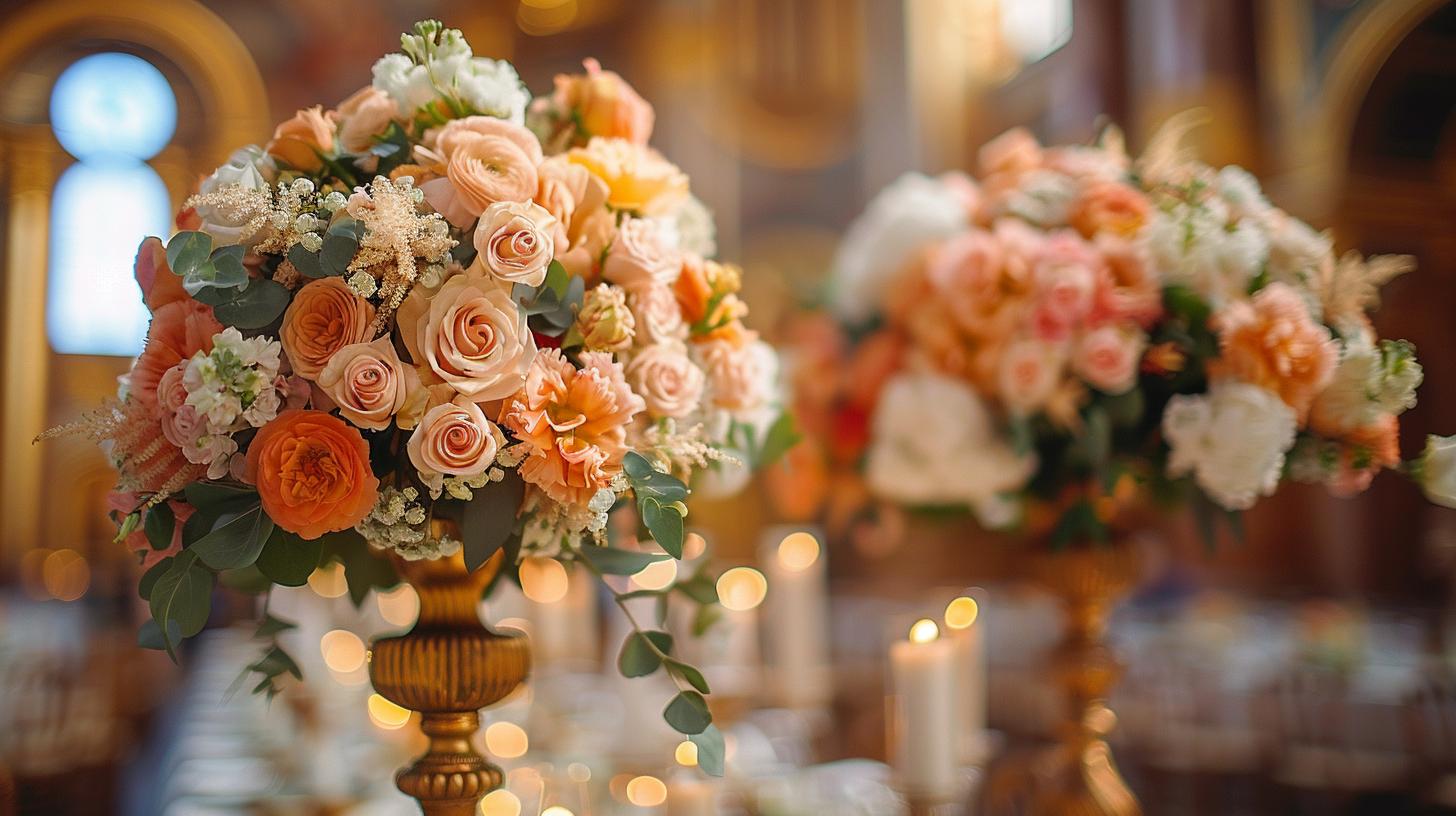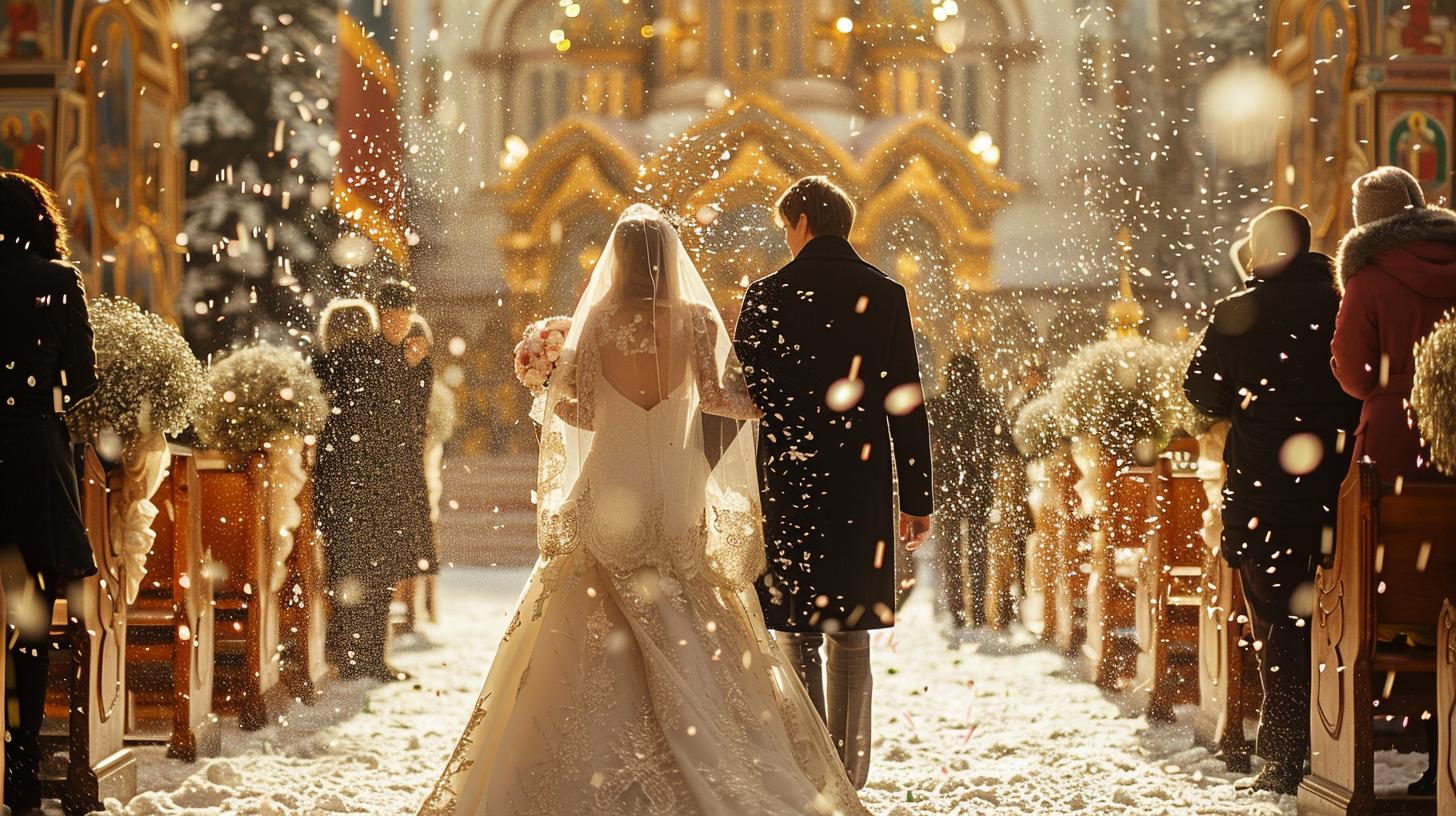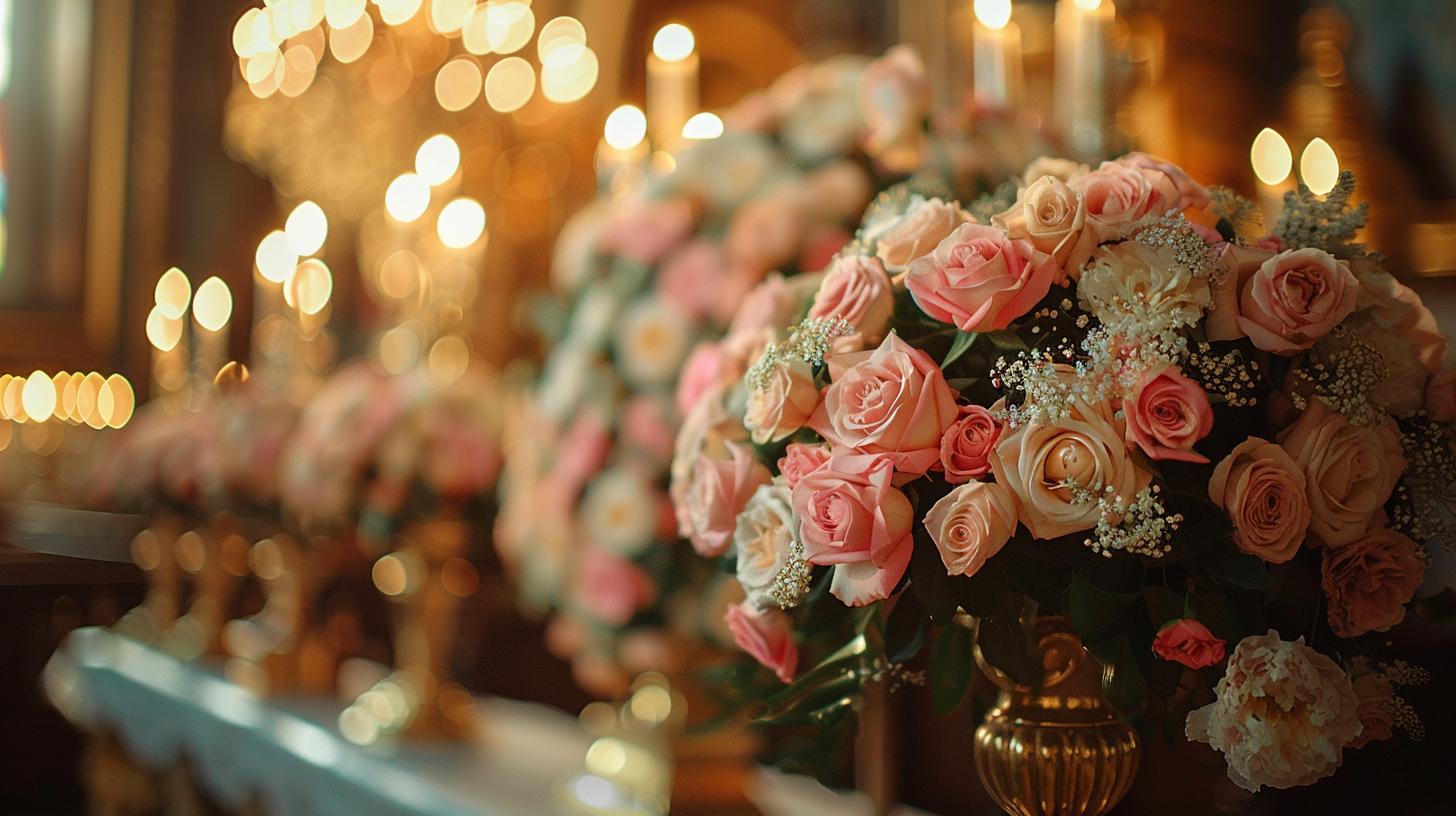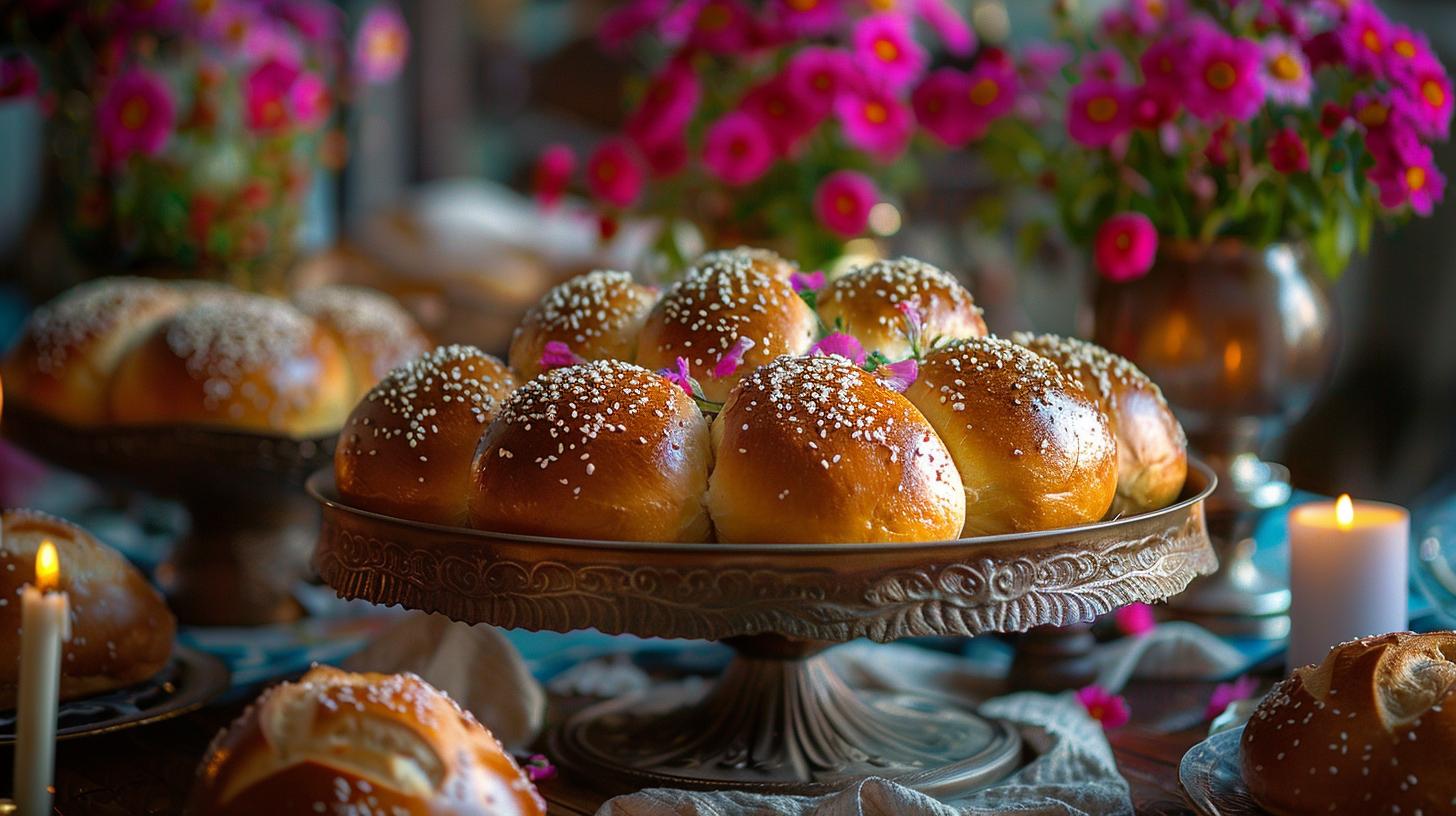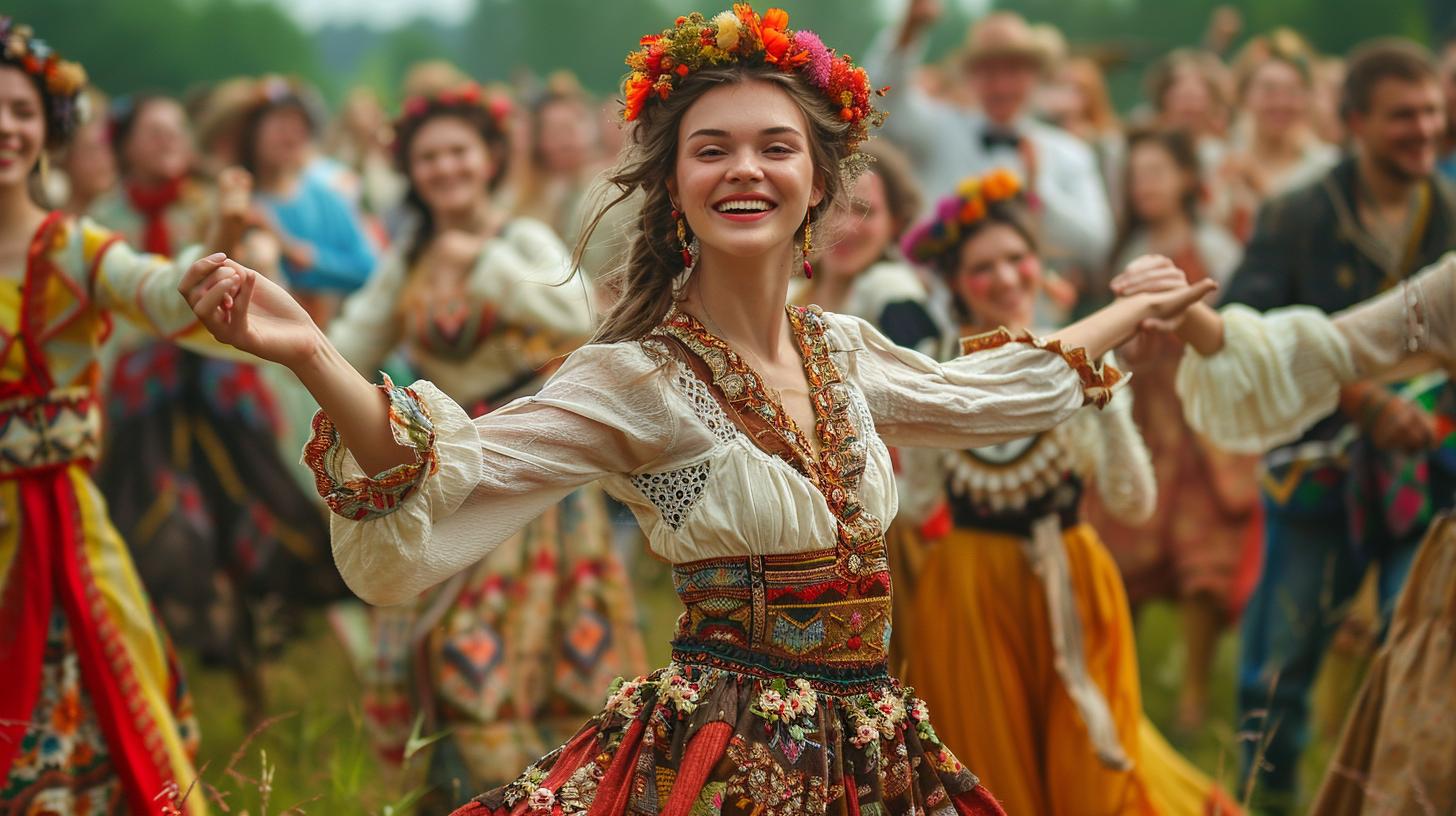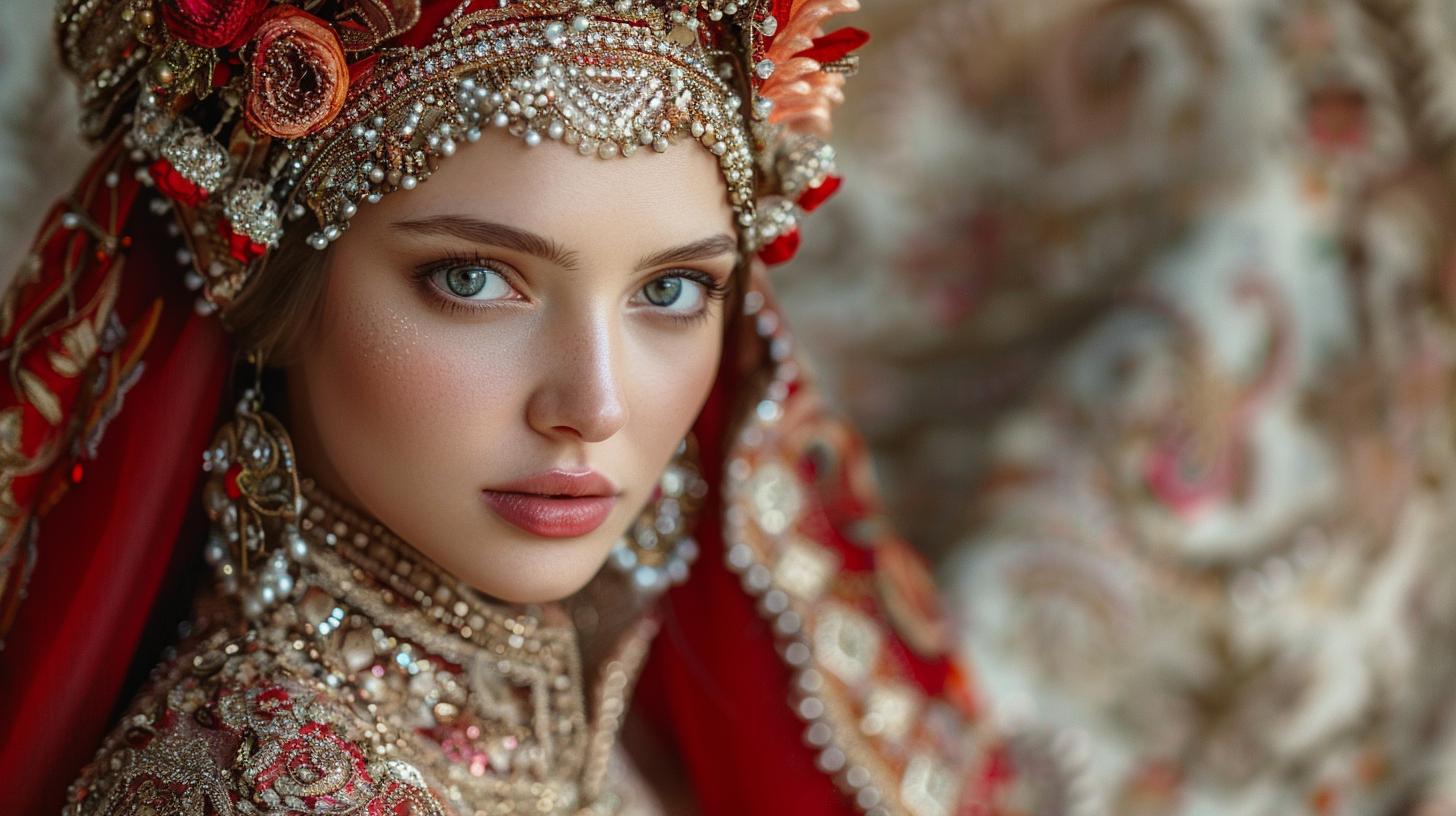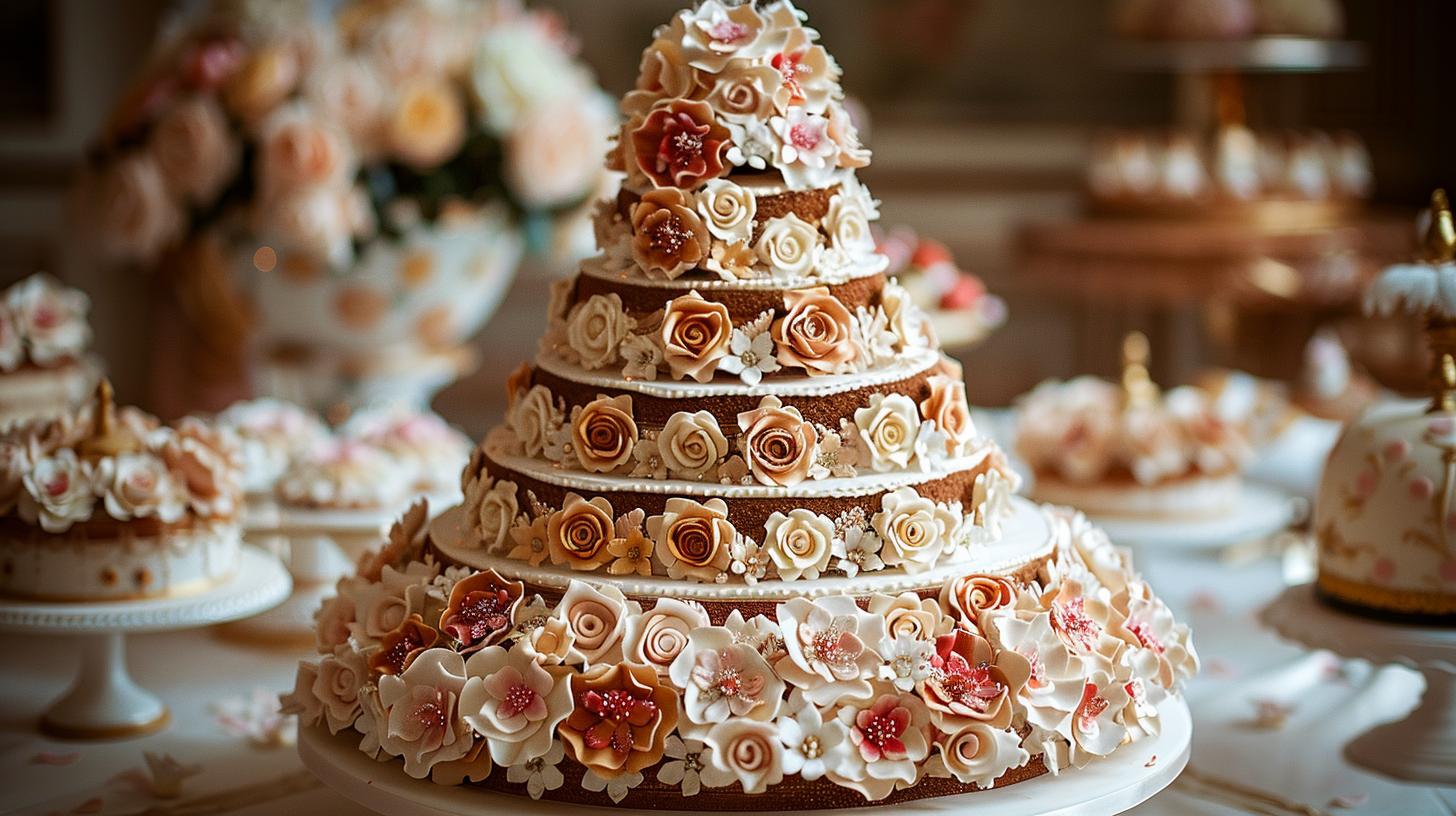Who Pays For Russian Wedding Costs and Traditions?
Russian weddings are characterized by rich traditions and cultural expectations. Understanding who pays for various aspects of the wedding can reveal important insights into these customs.
Typically, the financial responsibility falls mainly on the groom and his family.
However, contributions from the bride’s family and friends also play a significant role in the overall wedding expenses.
Traditional Expectations in Russian Weddings
The traditions surrounding Russian weddings reflect deep-rooted cultural values and expectations. These customs dictate not only the roles individuals play but also the financial responsibilities involved in the wedding process.
Financial Responsibilities
In Russian weddings, financial responsibilities are often traditionally assigned.
This reflects a broader expectation based on cultural norms and practices. Typically, the groom’s side bears the majority of the costs associated with the wedding.
- Costs include the wedding ceremony, reception, and other related expenses.
- While the groom primarily handles these expenses, the financial burden can occasionally be shared with family.
Role of the Groom
The groom plays a crucial role in the wedding process, not only as the partner but also as the main financial contributor.
His responsibilities include a range of tasks that are viewed as essential in the lead-up to the wedding.
- Securing the venue and coordinating various aspects of the celebration.
- Organizing necessary paperwork for the civil ceremony.
- Covering expenses such as the wedding dress, rings, and reception details.
Contribution of the Bride’s Family
While the groom is expected to handle significant costs, the bride’s family also plays an important role in the wedding budget.
Their contributions can vary based on personal and familial traditions.
- The bride’s family might assist with costs related to the wedding dress and accessories.
- They may also contribute to decoration and other aspects of the wedding festivities.
Pre-Wedding Customs
Pre-wedding customs play a significant role in Russian weddings, blending rich traditions and modern practices.
These customs set the stage for the upcoming marriage and establish expectations for both families.
Engagement Expectations
During the engagement phase, there are several expectations that both the groom and bride’s families must navigate. Traditionally, the groom is expected to formally propose, often presenting a ring to the bride, followed by a celebration with family and friends.
This engagement period serves as a time for both families to come together and discuss the details regarding the wedding. Mutual respect and understanding between families are essential in this phase.
The Ransom of the Bride (Vykup Nevesty)
One of the most iconic customs in Russian weddings is the ransom of the bride, known as “vykup nevesty.” This involves a light-hearted negotiation, where the groom pays a fee to the bride’s family to “rescue” her and gain permission to marry.
The ransom is often presented in a playful manner, filled with humor and entertainment.
Symbolism of the Ransom
This tradition also reinforces the bonds between the two families, creating a lively and engaging atmosphere leading up to the wedding.
Modern Interpretations
In contemporary settings, the ransom may take on different forms. Some couples choose to skip the ransom altogether or modify it according to their preferences. While this practice still holds cultural significance, many modern couples opt for less formality, choosing to focus on the celebration itself rather than adhering strictly to traditional customs.
The Wedding Preparations
As the wedding date approaches, both families become actively involved in the preparations. This phase involves coordination of various details to ensure a smooth event on the big day. The roles and responsibilities are often discussed to clarify expectations.
Cost Distribution
Cost distribution during wedding preparations often falls primarily on the groom and his family. They typically cover major expenses such as the wedding venue, catering, and other significant costs. Meanwhile, the bride’s family may contribute in other meaningful ways, such as organizing specific elements of the celebration or helping with decorations.
Common Expenses Covered by the Groom
- Wedding venue and catering
- Wedding dress and accessories
- Transportation for the couple
- Entertainment and music
- Wedding rings
These responsibilities traditionally highlight the groom’s role in providing for his bride and her family, emphasizing his commitment to the marriage and the celebration.
The Wedding Ceremony
The wedding ceremony in Russia is a significant occasion that blends civil and religious traditions, marking the union of two individuals not just legally, but also spiritually. This section explores the components of both the civil and religious ceremonies, highlighting their importance and roles.
The Civil Ceremony
Legal Requirements
To participate in the civil ceremony, both partners must present various documents. This often includes:
- Identification documents, such as passports.
- A certificate confirming the absence of any legal impediments to marriage.
- Proof of termination of any previous marriages if applicable.
These legal checks ensure that both parties are eligible to marry, providing a foundation for the official union.
Role of ZAGS
ZAGS, or the Registry Office, plays a crucial role in formalizing the marriage. The ceremony here is generally straightforward and quick, focusing on the exchange of vows and rings. The official declares the couple married after verifying all documentation.
Couples usually have the option to choose a date and time for this event, which adds a layer of personalization to the civil process.
The Religious Ceremony
Following the civil ceremony, many couples choose to hold a religious ceremony, traditionally in an Orthodox church. This part of the wedding is steeped in spiritual significance and cultural heritage.
Significance in Russian Culture
The religious ceremony embodies the sanctity of marriage within the context of faith.
It reinforces the couple’s spiritual bond and often includes rituals that have been practiced for centuries. The Orthodox Church views marriage as a sacrament, which is why this ceremony is of high importance to many couples.
The Role of the Priest and Crowning
During the religious ceremony, a priest officiates and leads the couple through various rites. Key rituals include:
- The crowning, where the couple is adorned with crowns, symbolizing their roles as the king and queen of their own family.
- Unity prayers, where the couple joins hands and prays for a blessed union.
This ceremony solidifies their commitment to one another before God and their community, marking an essential step in their shared life journey.
Key Wedding Elements and Their Costs
Understanding the key elements of a Russian wedding can illuminate the various costs associated with the celebration. Each component carries significant cultural importance and a unique financial implication, primarily tied to the groom and his family.
Cost and Responsibility
The wedding dress is one of the most iconic elements of a wedding celebration. Traditionally, it is expected that the groom covers the cost of the bridal gown, which can vary greatly depending on the designer, fabric, and embellishments chosen.
Prices can range from modest to extravagant, with many brides opting for tailored dresses to fit their personal style.
Style Preferences
Style preferences for wedding dresses in Russia can differ widely, influenced by regional customs and trends. While many brides choose a classic white gown, others may select colors and styles that reflect their unique personalities.
Popular trends can include intricate lace detailing, long trains, and a blend of traditional and modern designs.
The Wedding Rings
Selection Process
The selection of wedding rings is another essential aspect of the wedding. Traditionally, both partners choose their rings together, often considering styles that reflect their tastes and the significance of their commitment.
The rings may feature diamonds or other precious stones, and the choice often involves a careful deliberation of materials and design.
Financial Responsibilities
Financially, the cost of the wedding rings usually falls on the groom. However, in some modern interpretations, both partners may contribute to the expenses, making the selection process a shared experience.
The ring prices can vary widely based on craftsmanship and materials used.
The Reception
Venue and Catering Costs
The wedding reception is often where the celebration’s grandeur is most evident. The costs associated with the venue and catering can be significant, depending on the location and the number of guests.
Popular choices for venues include banquet halls, outdoor spaces, or even family homes. Catering services also contribute substantially to the overall budget, with traditional Russian cuisine often featuring prominently.
Entertainment and Decorations
Entertainment plays a crucial role in setting the atmosphere during the reception.
Costs may encompass live music, DJs, or dance performances that cater to the tastes of the couple and their guests. Additionally, decorations, which can include floral arrangements, table settings, and lighting, further enhance the festive ambiance but also add to the overall expenses.
Post-Ceremony Traditions
After the wedding ceremony, several cherished traditions unfold. These practices not only emphasize cultural significance but also enhance the sense of unity among families and friends while celebrating the new couple.
The Wedding Party
The wedding party is a central feature of post-ceremony festivities. It typically includes family, friends, and those who played essential roles in the wedding planning and execution. This gathering allows for deeper social connections and the sharing of joyful moments.
- Role of Attendants: Bridesmaids and groomsmen are often closely involved, helping the couple navigate through the celebrations. They support the couple, manage logistics, and create a festive atmosphere.
- Toasts and Celebrations: Speeches and toasts are common during the wedding party, where loved ones express their well-wishes and recount memorable stories.
These moments reinforce bonds and create lasting memories.
City Tour and Blessings
Following the wedding and reception, couples often participate in a city tour, showcasing significant locations related to their love story or simply highlighting the beauty of their city. This activity is more than a simple outing; it carries deep cultural importance.
Tradition and Significance
This tour usually features traditional blessings from family and friends, symbolizing support for the couple’s new journey together. Locations may include notable landmarks or family homes, allowing the couple to receive good wishes at each stop.
These blessings are an essential part of the celebration, ensuring the couple feels embraced by their community.
Financial Aspects
The costs associated with the city tour can vary greatly. While the couple often covers expenses, family members may contribute to specific outings or festivities. Usually, costs are divided, which can include:
- Transportation expenses
- Meals and refreshments
- Any additional entertainment or activities
The collaboration among family and friends reflects the communal nature of Russian weddings, where everyone takes part in supporting the newlyweds.
Family and Community Roles
The roles of family and community play an essential part in Russian weddings. These events are not only a celebration of love between two individuals but also a collective gathering of families and friends.
Each group contributes in varied ways, sharing the financial burden and emotional significance of the occasion.
Contributions from Both Families
In a typical Russian wedding, contributions from both families are expected. While the groom traditionally bears the brunt of the financial responsibilities, the bride’s family also takes part in various expenses.
This collaboration reflects deep-rooted customs and builds a sense of unity between families.
The bride’s family may assist with:
- Purchasing the wedding dress.
- Arranging decorations and floral arrangements.
- Catering and food costs for the wedding reception.
- Providing financial support for any pre-wedding ceremonies.
This combined effort underscores the importance of family involvement in celebrating this life-changing event.
Involvement of Friends and Community
Friends and community members also play significant roles in the wedding festivities. They can contribute both financially and through logistical support, helping to ensure the success of the celebration.
Common ways friends and the community get involved include:
- Planning and organizing pre-wedding celebrations such as engagement parties and bridal showers.
- Assisting with transportation logistics on the wedding day.
- Contributing gifts of cash or items to support the couple as they start their life together.
- Participating in the wedding and celebration, enhancing the atmosphere with music, dancing, and other festivities.
This cooperation fosters a sense of belonging and shared joy, creating memories that last a lifetime.
Financial and Logistical Support
The collaborative effort among family and friends helps mitigate the financial burdens typically associated with Russian weddings. Involving the community allows families to allocate funds more effectively, making the costs more manageable.
Moreover, logistical support offered by friends can help streamline various aspects of the wedding day, ensuring that everything runs smoothly and reducing stress for the couple. This teamwork epitomizes the communal spirit prevalent in Russian culture, making weddings not just a union of two, but a celebration shared by many.
Comparative Analysis
This section examines the financial dynamics of Russian weddings by comparing them to wedding expenses in other countries. It highlights the various factors influencing costs and provides a deeper understanding of how cultural backgrounds and economic conditions shape wedding budgets.
Cost of Russian Weddings vs. Other Countries
Weddings in Russia can range significantly in cost, often reflecting both cultural traditions and contemporary trends. When comparing Russian weddings to those in countries like the United States, the United Kingdom, or Australia, several factors come into play:
- On average, Russian weddings tend to be less expensive than their counterparts in countries such as the United States.
- While a lavish wedding in Russia can still result in considerable expenses, many couples do prioritize practicality, leading to cost-effective choices.
- Factors influencing the overall expenses include venue selection, catering, and guest lists, which can be more substantial in Western countries.
- The cultural significance attached to certain elements, such as the ‘vykup nevesty’ or ransom of the bride, adds a unique layer of expected costs not always found elsewhere.
Impact of Socioeconomic Factors on Wedding Expenses
Socioeconomic conditions heavily influence wedding expenses in Russia, as they do globally.
These factors include average income levels, regional economic disparities, and cultural expectations:
- The average income in Russia is generally lower than in many Western countries, which means that weddings often represent a significant portion of a family’s financial resources.
- Regional variations within Russia can also play a substantial role in wedding costs.
Urban centers might have higher expenses due to a greater demand for venues and services.
- Contrastingly, rural areas may have more traditional and less expensive weddings, relying on community involvement and family contributions.
- Economic trends, such as inflation and changes in disposable income, directly impact how much couples can afford to spend on their weddings.
- Ultimately, understanding these socioeconomic factors helps to contextualize the financial expectations and realities of Russian weddings when compared to global norms.
.

